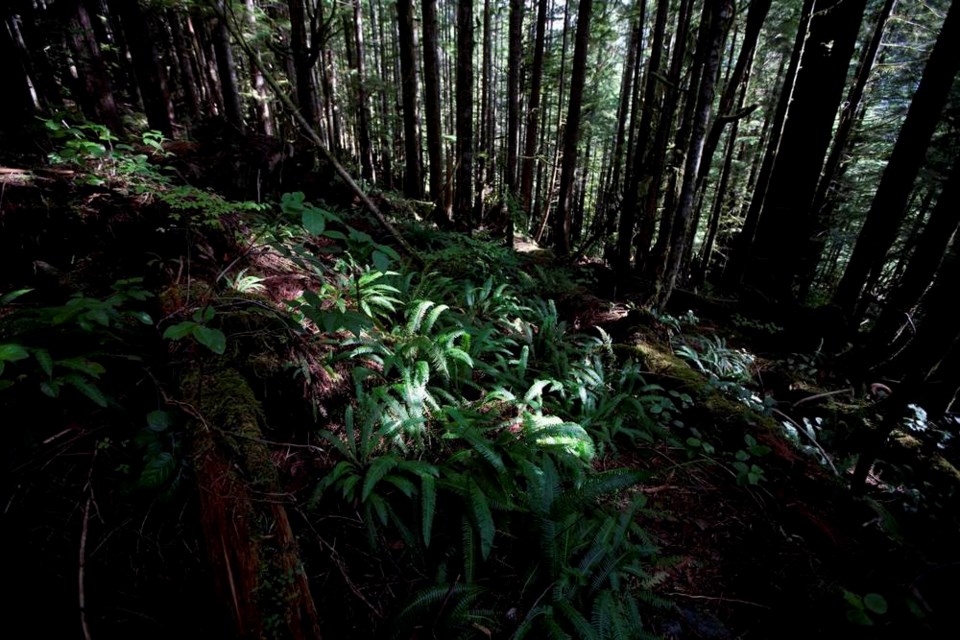A commentary by a former parks campaigner with the Wilderness Committee and TLC, and a member of the Elders Council for Parks in B.C.
In 1994 we launched a campaign to win protection for what is now Sooke Hills Wilderness Regional Park, and went on to raise public support for the purchase of private lands required to complete the Sea to Sea Greenbelt, including what are now Sea to Sea and Sooke Potholes Regional Parks.
Our campaign message was simple: These are Canada’s last large tracts of wild coastal Douglas fir forest which haven’t been converted to urban developments or tree plantations. More than 99 per cent of the ecological zone where these ancient forests once grew has been logged and developed.
The public understood and backed the campaign, contributing more than $1.5 million in individual donations and more than $3 million in regional land acquisition funds – a fund that the public pushed to implement primarily to enable the massive private land purchases required to complete the Sea to Sea vision and protect our regions wild forests and the native species they harbour.
We received $2 million in federal funding from the Canadian Wildlife Service for these purchases on the strength of the significant wildlife values and vulnerability of the Coastal Douglas Fir ecosystem.
I sat on the public advisor group to draft the management plan for Sooke Hills Wilderness Regional Park. The minimal trails we devised together were designed to minimize impact.
A bylaw now upholds these requirements. Studies of impact were to be done before any new trails were added. Studies which haven’t been done and others which have been done with recommendations that haven’t been implemented.
Meanwhile, a new process was established inviting recommendations for new trail additions. Now a public advisory group of mountain biking advocates is advising the Capital Regional District on mountain biking guidelines in these and other CRD Parks.
At a time when protection of biodiversity is globally more important than ever, I fear we are losing our vision.
When I go back into these hills we worked so hard to protect, I see wild flower and moss meadows that have been shredded and reduced to mud and bedrock. Wide runnels of erosion exposing life-giving root systems, killing trees and other species already stressed by the changing climate.
And these are only the most visible impacts. What of the ground-nesting night hawk, the elk, bear, wolves and cougar. The impacts on these are only seen by their quiet disappearance.
The mountain biking guidelines suggest avoiding “sensitive areas”. The whole Sea to Sea Greenbelt is sensitive. That was the point of protecting it. It’s the last undeveloped wildland in our region large enough to support viable native species populations and habitats.
Certainly hiking needs to be better managed. Too many rogue trails have been made. But mountain biking is a whole other order or impact.
CRD Parks must put the brakes on this inappropriate activity in these wildlife sanctuaries. We must find another place for mountain biking that’s not in our wilderness parks.
I don’t believe it’s too much to hope for from a board that’s heeded the call of the young and declared a climate change emergency. Board members know that protection of our planets biodiversity is a critical component of climate action.
Our planet has lost 60 per cent of all terrestrial wildlife in the past 50 years and more than half a million species are living with insufficient habitat for long-term survival.
Is it too much to ask that here in the capital region, we would unite behind the science and support the national goal of protecting biodiversity?



